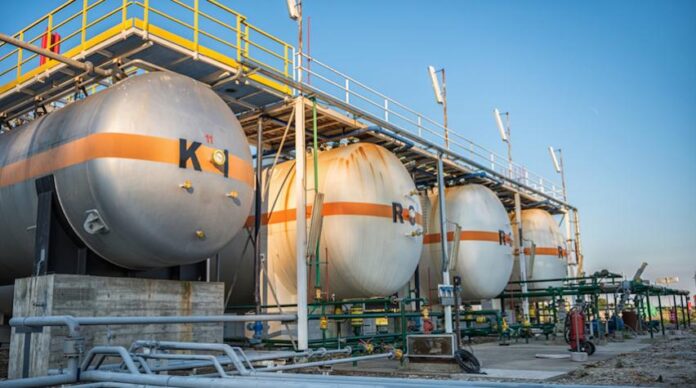The Government of Ghana has settled the prolonged inter utility legacy debt (worth USD$203M) component of the power sector debt within the energy sector accrued by the end of 2016 involving both state-owned corporations and Independent Power Producer, Sunon Asogli Power Ghana Ltd.
This settlement has led to the clearing of debts Sunon Asogli owed to gas suppliers, thereby, making the power producer’s credit status a bit better.
“The settlement of this debt has contributed to improving the credit rating of the various organisations within the energy sector seeking for credit facilities from both domestic and international banks. It has, further, reduced the indebtedness of government, Electricity Company of Ghana Limited (ECG), Volta River Authority (VRA), Ghana National Gas Company Limited (GNGC) and Sunon Asogli Power (Ghana) Limited, making their books much better than before,” Sunon Asogli said in a statement copied to energynewsafrica.com.
The debt affected the operational and financial performance of all parties involved within the power supply chain.
“It became very difficult for the private sector organisation to obtain financial support to sustain its business operation, commitment to future investments and also affected our shareholders confidence,” the statement said.
“We will continue to collaborate with all the parties within the energy sector and the
Government in sustaining and meeting the electric power demand in Ghana,” the statement concluded.
Meanwhile, the Chamber of Independent Power Producers, Bulk Consumers and Distributors (CIPDiB), which welcomed the development, encouraged the government to prioritise settling the outstanding debts to the IPPs to ensure continuous power supply.
According to a statement issued by CIPDiB and signed by its CEO, Elikplim Apetorgbor, the settlement of the $203 million debts have reduced the collective receivables in favour of the IPPs to about USD$1.2 billion.
Source:www.energynewsafrica.com















